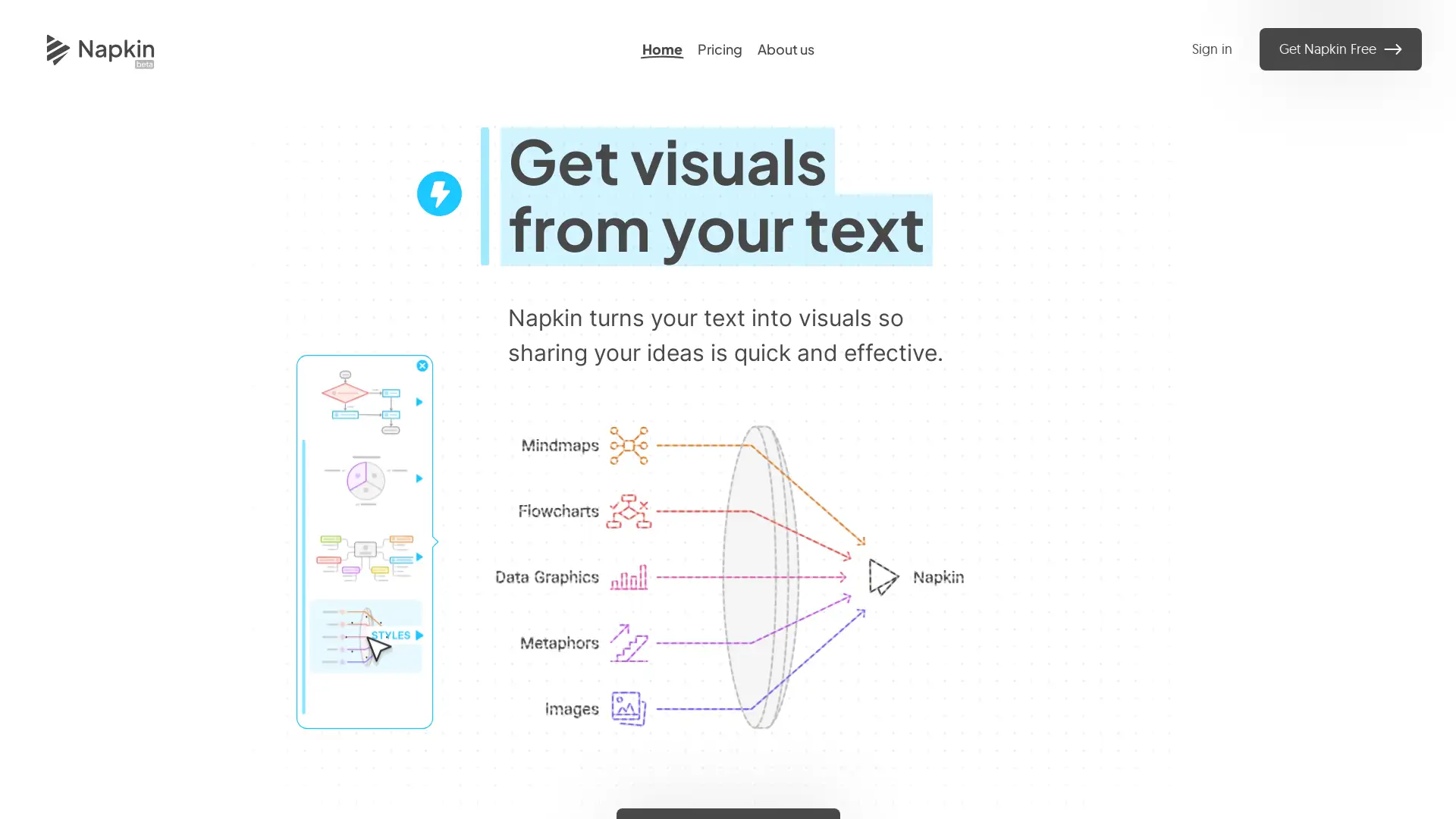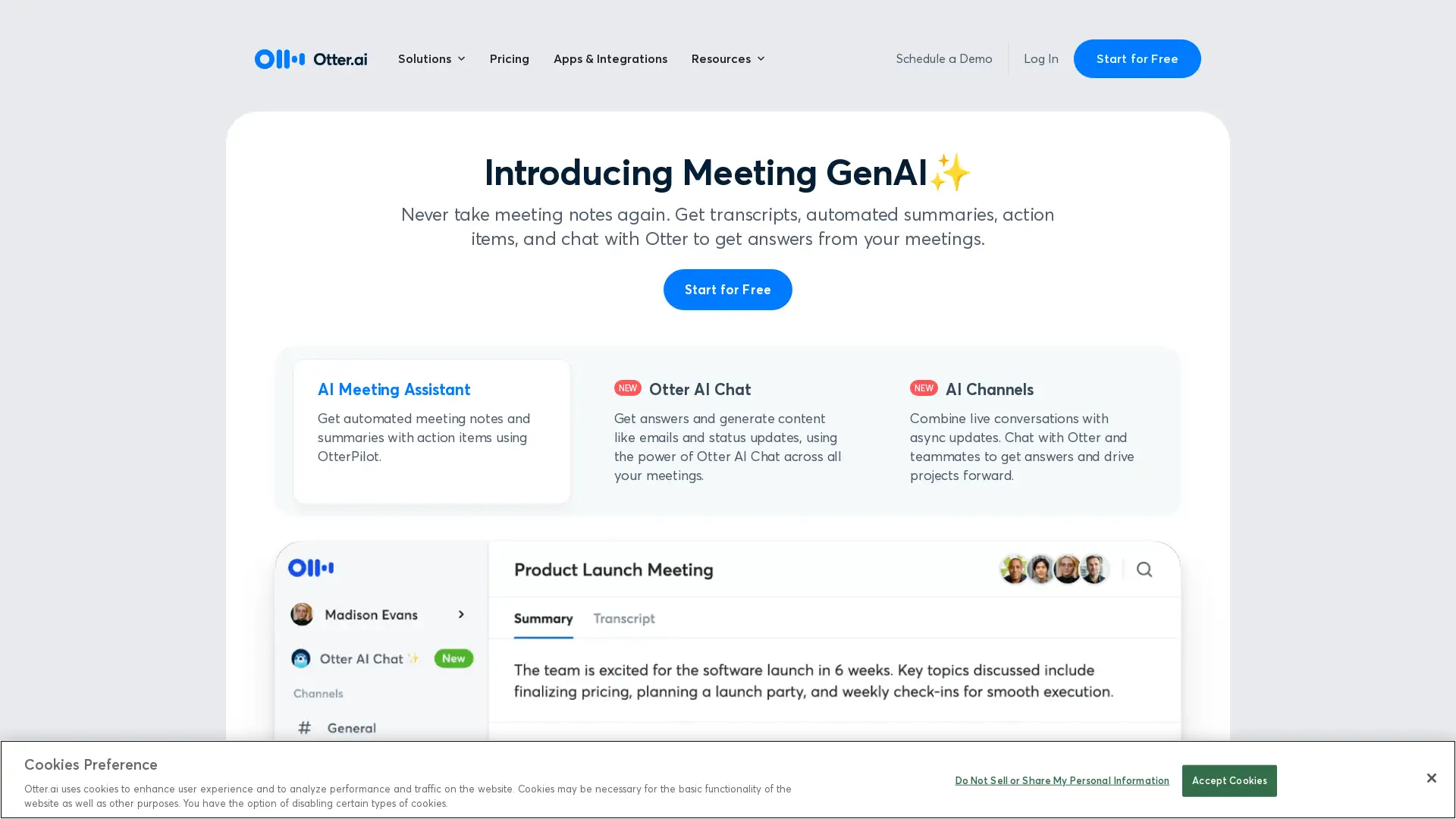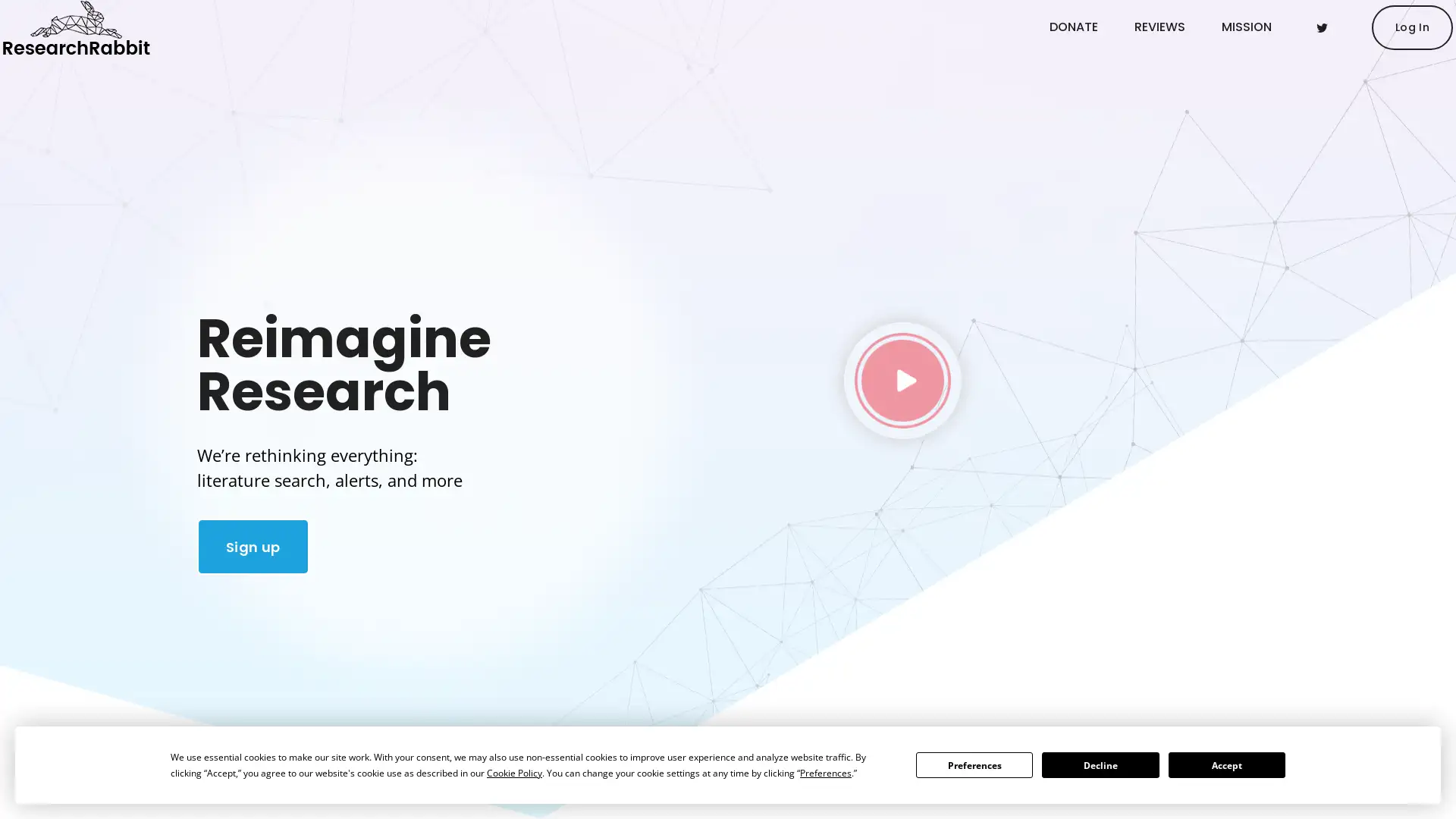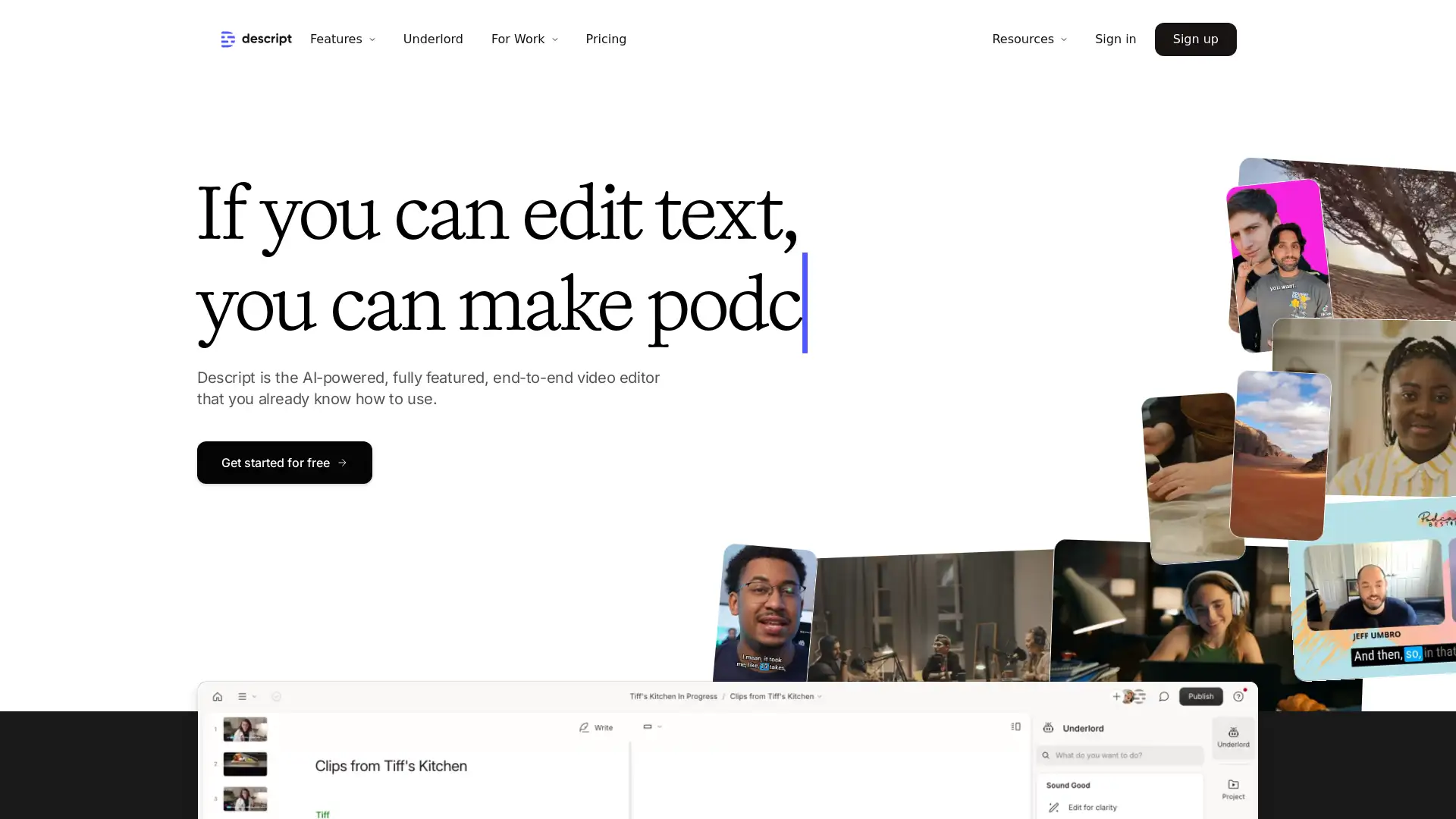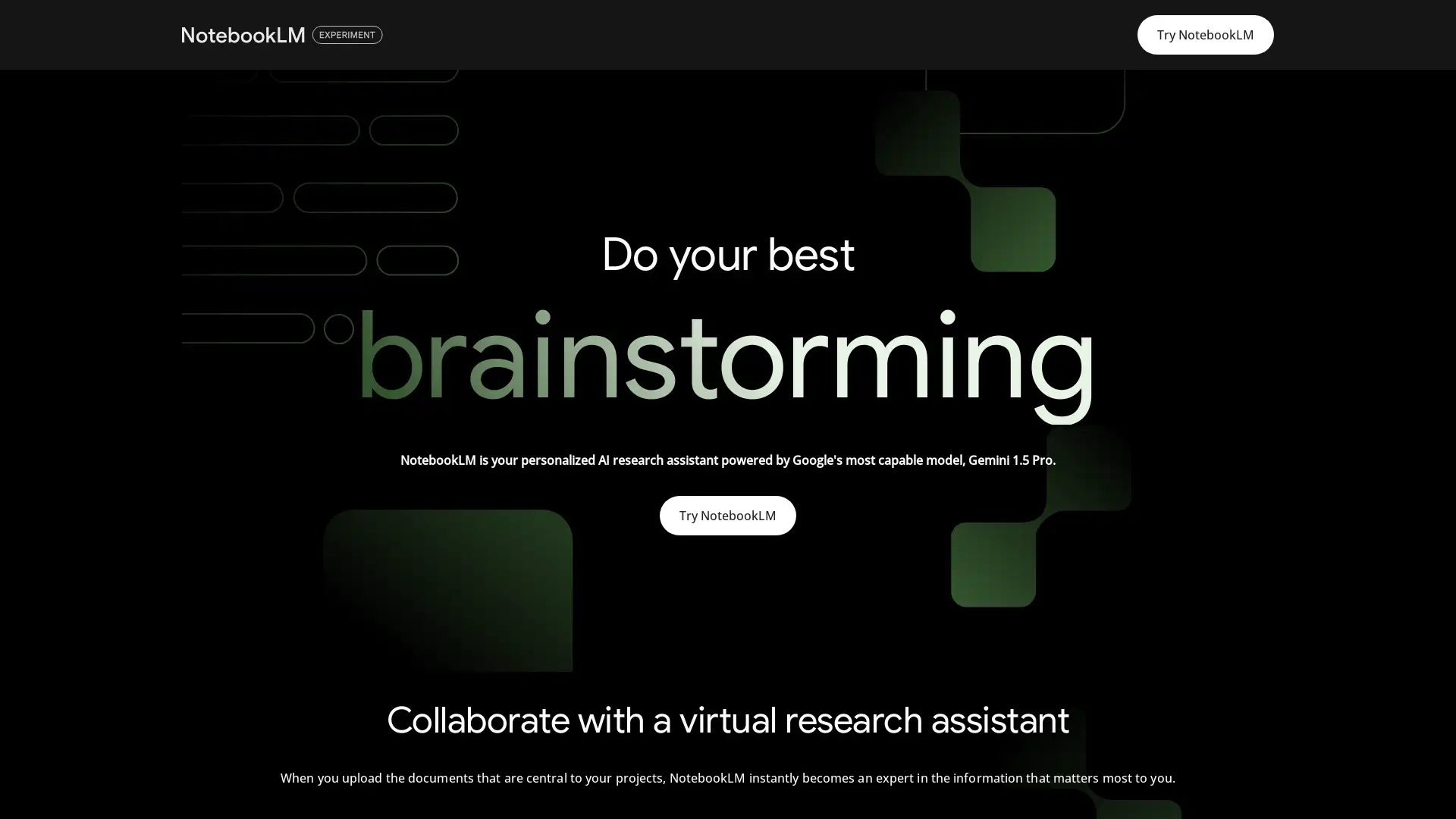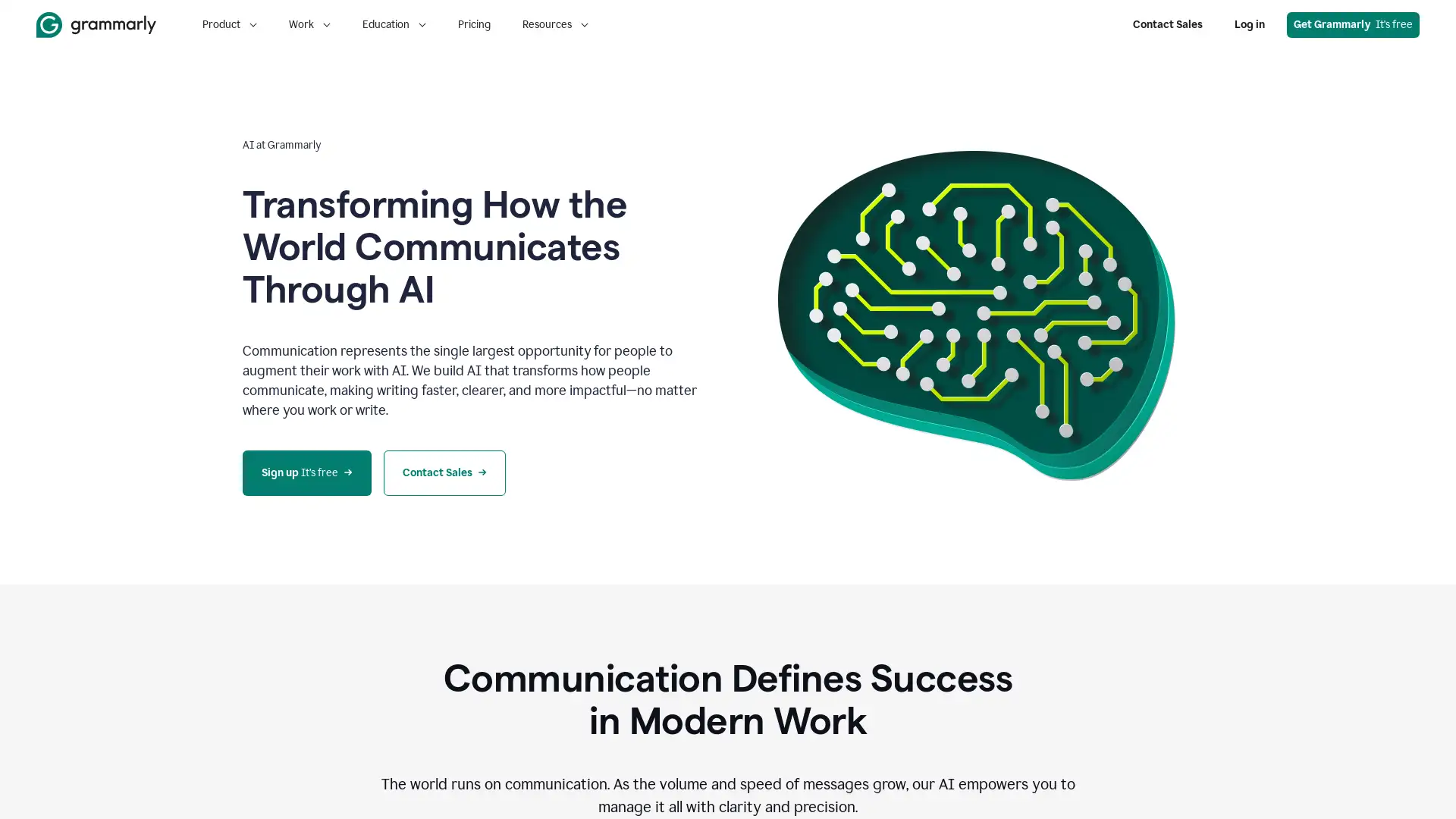Best 10 AI Tools for Collaboration in 2024
Napkin AI, otter, Research Rabbit, LinkFlash, Descript, Notebooklm, Splice, Kapwing, Grammarly AI, SCI Space are among the best paid and free Collaboration tools available.
What Are AI Tools for Collaboration?
AI tools for Collaboration are designed to enhance and streamline team-based work processes by utilizing artificial intelligence to automate, organize, and optimize communication, project management, and resource-sharing tasks. These tools are integral for managing complex collaborations, whether in a professional, academic, or creative setting, and help in areas such as summarizing Slack links, recommending research papers, and transcribing conversations efficiently.
Core Features of AI Tools for Collaboration
AI tools for Collaboration offer a range of features, from real-time data summarization, automated transcription services, to personalized research recommendations. They excel in their adaptability, allowing users to integrate them into various platforms and workflows. Special features include cross-platform syncing, intelligent document analysis, natural language processing for task automation, and collaboration-specific enhancements such as link management within team chat systems or real-time voice-to-text transcription.
Who Should Use AI Tools for Collaboration?
These tools are ideal for professionals in team-based environments such as project managers, researchers, developers, and remote workers. They benefit those who need to organize and communicate efficiently without requiring deep technical knowledge, while also providing customization options for advanced users such as developers and data scientists. Whether you're a novice needing to summarize information quickly or a professional requiring AI-powered transcription, these tools cater to a wide range of user needs.
Additional Insights on AI Tools for Collaboration
AI tools for Collaboration function as customized solutions across different industries. Their user-friendly interfaces and ability to integrate with existing workflows make them versatile for various sectors, from corporate environments to academic institutions. They can streamline communication, automate repetitive tasks, and ensure that teams are always aligned, reducing friction in collaborative efforts and maximizing productivity.
